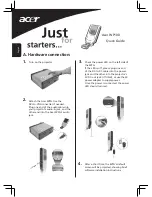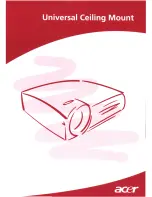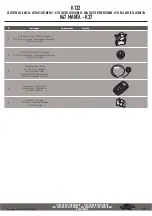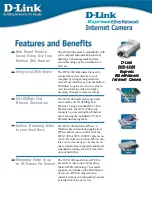
26
NOTE
Charging at 50% of nominal current or lower will extend battery cycle life.
9.4.1 Bulk Charge
Bulk phase.
The first phase of the charging process is the Bulk Charge, also
referred to as the constant current phase. This is when the charger's maximum
current is directed to the battery until the desired voltage is reached. The Bulk
phase will recharge the battery to approximately 90-95% SOC.
If the charging source is a generator or other charge source that is not
efficient at low output current, a single-stage charge may be appropriate. A
single-stage charge will only complete the Bulk phase portion of the charge
curve. This method should return the battery to between 90-95% SOC.
Refer to
Table 2-1
DLP Electrical Specifications
for charging parameters.
9.4.2 Absorption Charge
Absorption phase.
The second phase of the charging process is Absorption
Charge, also referred to as the constant voltage phase. This is when the
charger reduces current accordingly to maintain the desired voltage.
Refer to
Table 2-1
DLP Electrical Specifications
for charging parameters.
9.4.3 Equalization Charge
CAUTION
FIRE AND BURN HAZARD:
Do not perform an equalization charge on lithium batteries.
Failure to follow these instructions can result in minor to moderate injury.
Do not equalize charge.
Do not equalize charge Lithium batteries. Equalization
charging is intended only for lead-acid batteries. Equalization charge is a
purposeful overcharge that targets a voltage above standard charge voltage
to remove sulphate crystals that form on lead-acid plates over time.
9.4.4 Float Charge
Float phase.
Float charge, the third phase of charging, is optional. During this
stage, the battery is maintained at 100% SOC for extended periods of time,
counteracting any self-discharge or parasitic loads.
•
Not necessary.
Float charging is not necessary.
If needed refer to
Table 2-1
DLP Electrical Specifications
for float parameters.
10. ROUTINE INSPECTION
Periodically inspect the battery system:
1. Ensure that the DC cables are secure and fasteners are tight
2. Ensure that the installation location is clean and free from debris
3. Inspect for cracks in the battery casing
4. Replace any damaged batteries
5. Replace any damaged cables



































